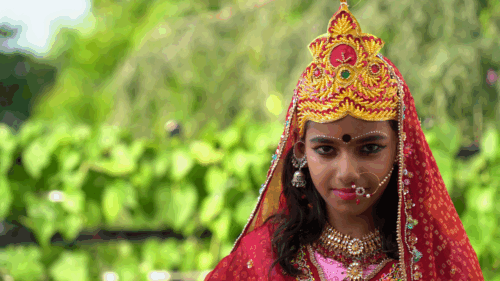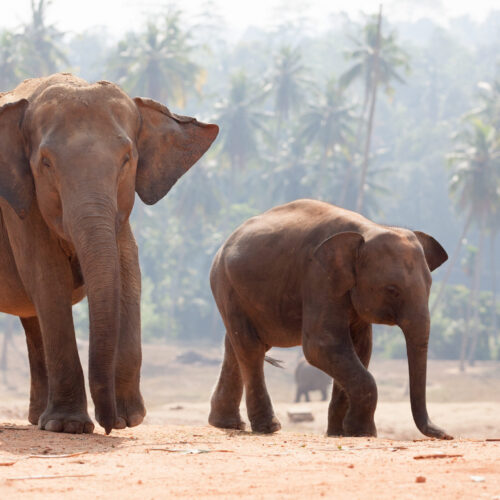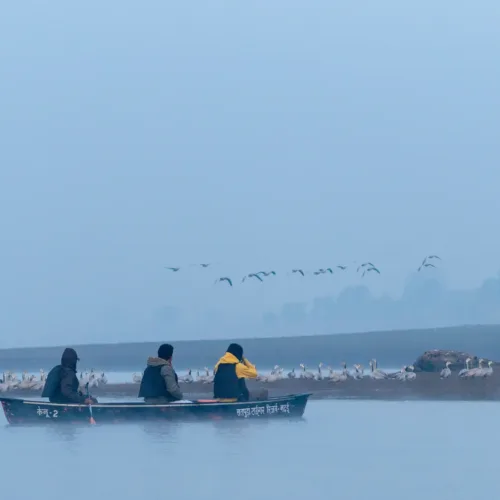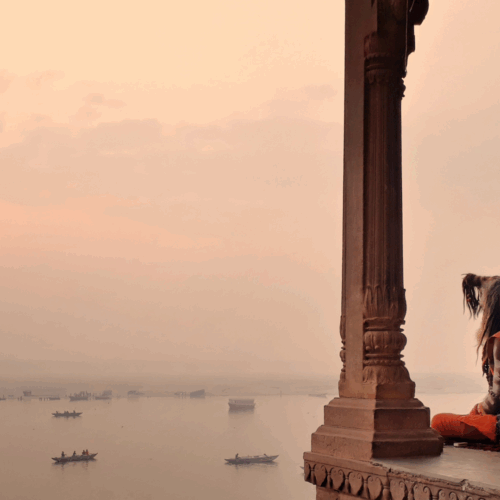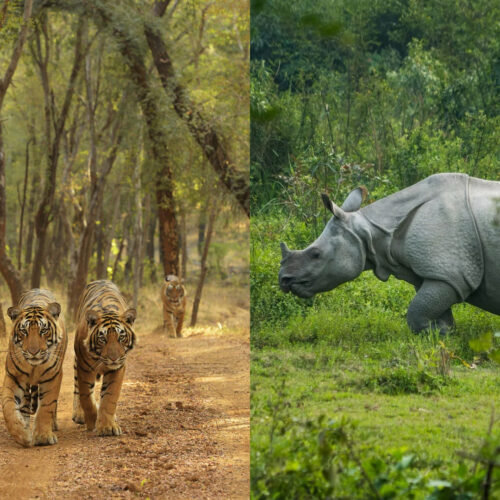More than a mere religious observance, Navratri is a vibrant amalgamation of devotion, rhythmic dance, soul-stirring music, and profound spiritual awakening. It reflects the richness of India’s traditions and its deep-rooted spirituality, fostering unity across communities and transcending social barriers.

The nine nights of Navratri are singularly dedicated to the worship of Durga and her nine distinct avatars, collectively known as the Navadurga. Each day of the festival is consecrated to a specific incarnation of the goddess, representing a unique facet of feminine energy or Shakti. What moves us most deeply about this ancient celebration is how it recognizes that true power isn’t about domination but the courage to fight for what matters. As we’ve watched women across India embody this story during Navratri, we see Durga’s spirit reflected in countless ways.

In the western state of Gujarat, Navratri is inextricably linked with the vibrant and energetic folk dances of Garba and Dandiya Raas, which form the rhythmic heart of celebrating the divine feminine. Garba – listed as UNESCO Intangible Cultural Heritage is a dance form whose name is derived from the Sanskrit word “Garbha” (meaning womb), profoundly symbolizing the creation of life and fertility. It is traditionally performed in a circular formation, with dancers moving rhythmically around a centrally placed idol of Goddess Durga or, more traditionally, a clay pot (garbha deep representing life) with a lamp inside. The continuous circular movement of the dancers symbolizes the cyclical nature of life—birth, death, and rebirth—with the Mother Divine remaining the unchanging, constant center amidst all movement.

Dandiya Raas involves dancers, often performing in pairs, striking colorful, decorated bamboo sticks against each other. These sticks represent the sword of Goddess Durga, with the dance itself as a dramatic re-enactment of the fierce battle between Durga and Mahishasura. While Garba is typically performed as a devotional prelude before worshipping rituals and Aarti (a devotional ceremony), Dandiya follows these ceremonies, often characterized by more structured, high-energy beats and complex movement patterns.

The hypnotic rhythm of traditional dhol drums creates an almost trance-like state as dancers in mirror-worked chaniya cholis (festive outfits worn by women) move in perfect synchronization. The dances are beyond mere cultural performances; they are deeply imbued with devotion, fostering a profound connection to culture, spirituality, and community. Modern interpretations often involve a fusion of traditional songs with contemporary rhythms and popular Bollywood music, reflecting the festival’s dynamic evolution.

But Gujarat’s ecstatic celebration is just one note in Navratri’s symphony. In India’s eastern and northeastern states, most notably West Bengal, Navratri culminates in the magnificent celebration of Durga Puja. This grand spectacle blends profound devotion, rich culture, and exquisite artistry. The festival officially commences with Mahalaya, a significant day marking the symbolic beginning of Durga’s journey and inviting her divine presence.

Kolkata’s cityscape transforms dramatically, with streets coming alive with thousands of temporary, exquisitely crafted pandals (temporary decorated stages) that serve as temporary abodes for the meticulously sculpted idols of the goddess and her children. Local artists spend months crafting installations that rival international exhibitions. Each sculpture tells Durga’s story—the ten-armed goddess astride her lion, vanquishing the shape-shifting demon Mahishasura—but with contemporary themes that make ancient mythology speak to modern hearts. The streets become galleries, and devotion becomes art.

One of the most visually stirring rituals during Durga Puja is the Dhunuchi Naach—a traditional devotional dance performed with earthen incense burners held in hand. Dancers, often barefoot and clad in festive attire, move to the pulsing rhythm of dhak drums (traditional barrel drums), swirling gracefully with the billowing smoke of burning coconut husk and camphor. This dance is offered as an act of surrender and reverence, and it evokes a hypnotic fervor that grips both the performer and the spectator. It’s not merely performance—it is prayer in motion, a kinetic expression of joy, ecstasy, and spiritual release before the final farewell. The festival culminates in immersion ceremonies where clay goddesses dissolve into the Ganges as devotees bid farewell with tears and promises.

There’s something profound about witnessing devotion so pure, artistry so dedicated, and community so unified across such diverse expressions that it restores faith in human connection. In our globalized world, Navratri reminds us why some celebrations endure across millennia—because they honor not just a goddess but the divine feminine that shapes families, communities, and nations, revealing itself uniquely in every corner of India while remaining eternally, beautifully, the same.
Celebrated each year between September and October, Navratri welcomes active participation beyond mere observation. Join Garba and Dandiya circles, where locals eagerly teach dance steps and share traditional attire—Experience Bengal’s pandal-hopping tradition, exploring artistic installations while sharing meals with local families. Our “Goddesses, Garba & Grandeur” itinerary transforms you from spectator to participant across Gujarat’s vibrant nights and Bengal’s cultural magnificence.
